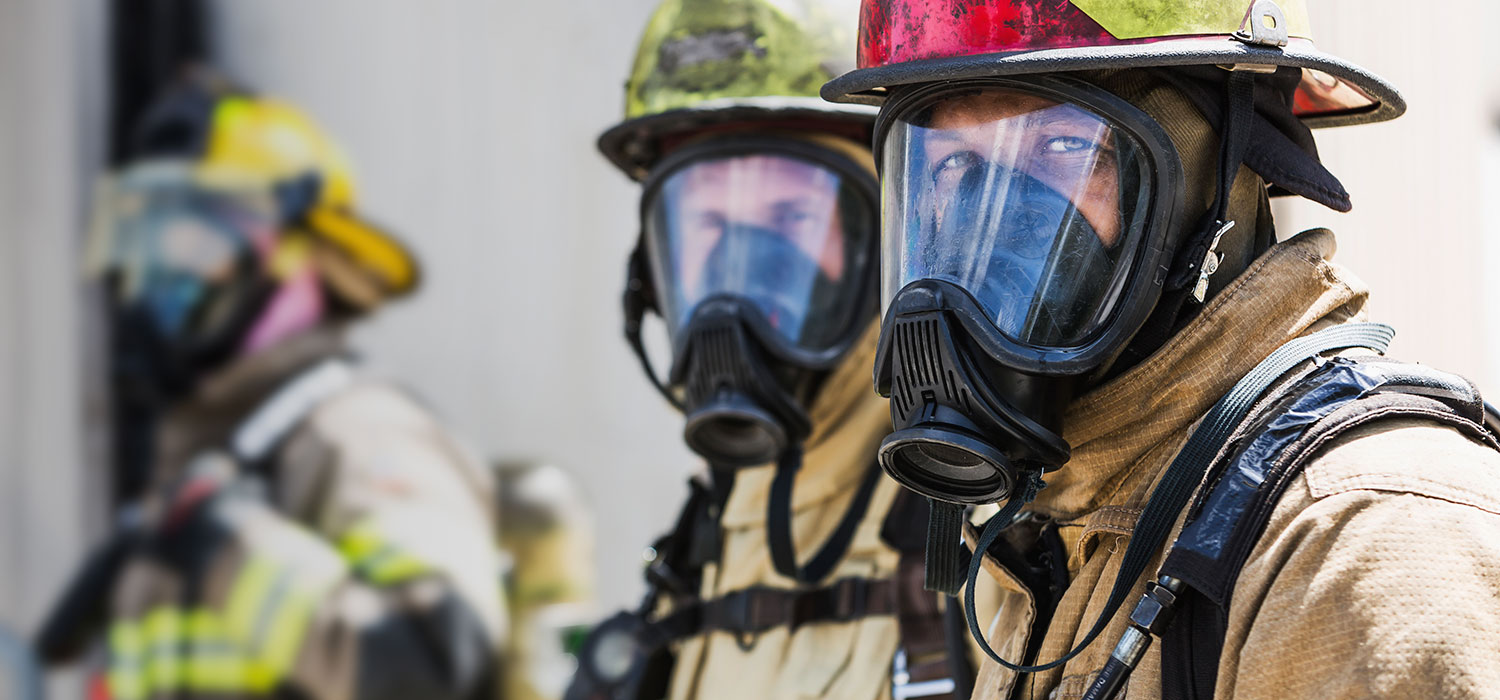
There are many hazards that firefighters face on the job, and one of them is a lack of air. Given the nature of fires and how they behave, breathing in the vicinity of a fire can be difficult and even dangerous. For firefighters, understanding how to manage their air in an emergency situation is crucial to their safety and the safety of anyone they may be trying to rescue.
Firefighting operations must develop solid air-management procedures for both open and enclosed structures. They must train in the use of these procedures, and then train again, and be thorough in the implementation and enforcement of the policy.
Air Management
Each member plays a role in an effective air-management approach:
- Chief officers: If you call on the radio at a house fire and a low-air alarm is sounding, demand that the crew leave the building immediately.
- Company officers: If you’re in an enclosed structure, anticipate a reduced working time, and strictly monitor your crew. Get out at 50 percent.
- Firefighters: Demand change. Help your department develop a sensible air-management policy that will benefit you and your fellow firefighters.
Seek change through the following steps:
- Demand that NFPA and subsequently all SCBA manufacturers include a pre-alarm that signals at 50% air remaining in the cylinder.
- Mandate consumption-rate testing for all firefighters on a yearly basis.
- Develop better situational awareness of enclosed structures.
- Restructure policies and procedures with regard to enclosed structures and consider firefighter access and exit before making an aggressive interior attack.
- Change the “low-air alarm” culture, and develop an air-management system that monitors and anticipates firefighters’ air and time requirements.
SCBA Usage
You can not conduct too many SCBA (self-contained breathing apparatus) drills. This one piece of equipment is crucial to the health and safety of every firefighter. Regardless of your level of experience or training, there’s just no way to master the SCBA without a continuous effort and a personal commitment to improvement.
Review past firefighter fatalities or near misses that involve SCBAs or air management. Most departments have their personnel check their SCBA at the start of each shift. Firefighters’ lives depend on how well that unit functions.
Pay attention to detail. A full bottle of air and the supply hose connection to the bottle can make all the difference. Train each crew member to perform the check the same way, and consider using a standardized check sheet.
Consumption Drills
Try to replicate conditions that you’d find on the fireground by having members wear full PPE and SCBA. The drill should involve some method of increasing members’ heart rate and exertion level as if they were involved in a real fire. You can keep it fun. Some departments play basketball while wearing SCBAs as a way of increasing cardio levels and tracking consumption rates.
Conduct a basic pre and post-drill medical evaluation to obtain information on the fitness level of crew members and identify any warning signs.
Drills may include:
- Baseline medical evaluations of all members involved in the drill, including pulse and blood pressure.
- Recording the amount of air in the SCBA bottle of each participant and their starting times.
- Running each participant through a high-energy, cardio-intensive activity.
- When the low-air alarm activates, members stop the drill and record the time.
- Calculating the actual working times (how many minutes per bottle each member can expect to get).
About Provident FirePlus
At Provident FirePlus, we offer custom tailored packages to best protect firefighters and volunteer firefighters. We understand the risks that emergency response teams are subjected to on a daily basis, and have worked to serve these dedicated professionals for over 87 years. For more information about our products and policies, we invite you to contact our experts today at (855) 201-8880.

